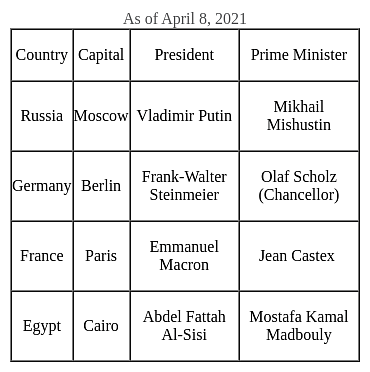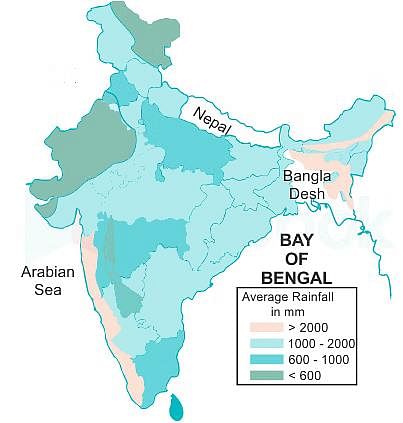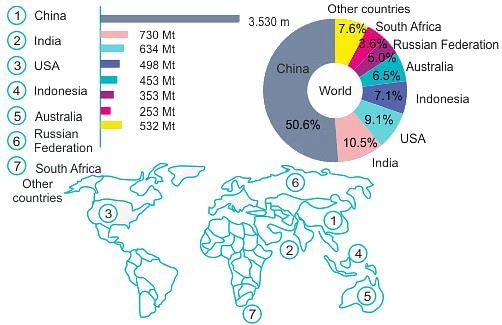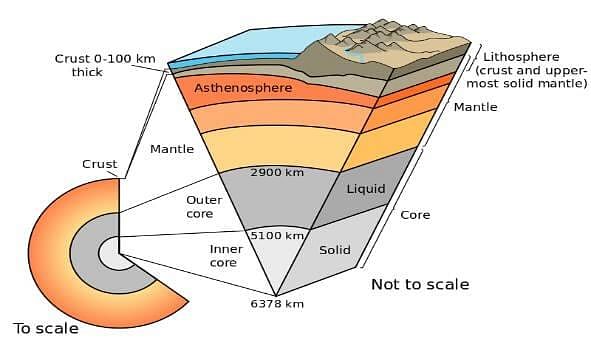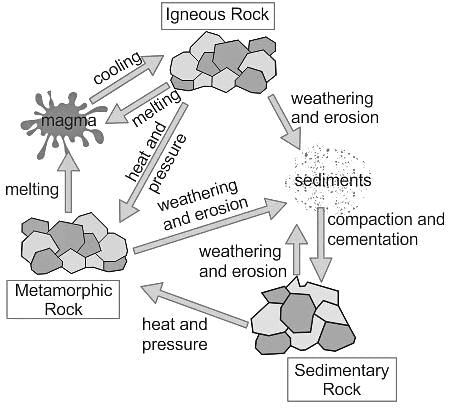Software Development Exam > Software Development Tests > Test: Social Science - Software Development MCQ
Test: Social Science - Software Development MCQ
Test Description
10 Questions MCQ Test - Test: Social Science
Test: Social Science for Software Development 2025 is part of Software Development preparation. The Test: Social Science questions and answers have been prepared
according to the Software Development exam syllabus.The Test: Social Science MCQs are made for Software Development 2025 Exam.
Find important definitions, questions, notes, meanings, examples, exercises, MCQs and online tests for Test: Social Science below.
Solutions of Test: Social Science questions in English are available as part of our course for Software Development & Test: Social Science solutions in
Hindi for Software Development course.
Download more important topics, notes, lectures and mock test series for Software Development Exam by signing up for free. Attempt Test: Social Science | 10 questions in 12 minutes | Mock test for Software Development preparation | Free important questions MCQ to study for Software Development Exam | Download free PDF with solutions
Detailed Solution for Test: Social Science - Question 1
Detailed Solution for Test: Social Science - Question 2
Test: Social Science - Question 3
Which one of the following places receives the highest rainfall in the world?
Detailed Solution for Test: Social Science - Question 3
Test: Social Science - Question 4
The Right to Education (RTE) Act was enacted by the Parliament of India in the year _____.
Detailed Solution for Test: Social Science - Question 4
Test: Social Science - Question 5
Who constituted a group of 40 nobles known as Turkan-i-Chahalgani or Chalisa?
Detailed Solution for Test: Social Science - Question 5
Test: Social Science - Question 6
Which of the following countries is the world's largest producer of coal ?
Detailed Solution for Test: Social Science - Question 6
Detailed Solution for Test: Social Science - Question 7
Detailed Solution for Test: Social Science - Question 8
Detailed Solution for Test: Social Science - Question 9
Test: Social Science - Question 10
What does the Constitution say about the practice of untouchability?
Detailed Solution for Test: Social Science - Question 10
Information about Test: Social Science Page
In this test you can find the Exam questions for Test: Social Science solved & explained in the simplest way possible.
Besides giving Questions and answers for Test: Social Science, EduRev gives you an ample number of Online tests for practice
Download as PDF


